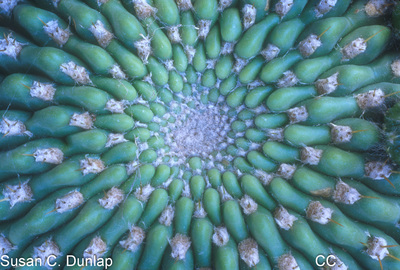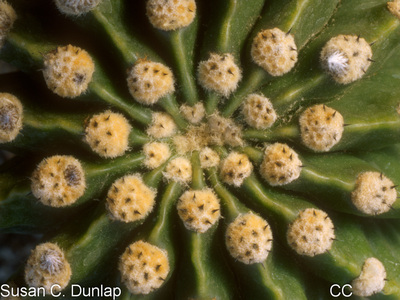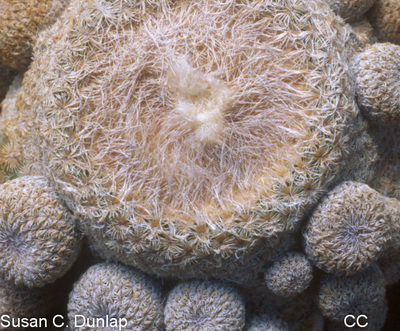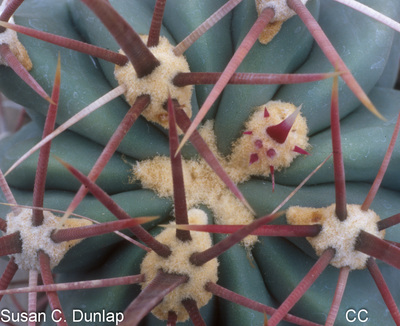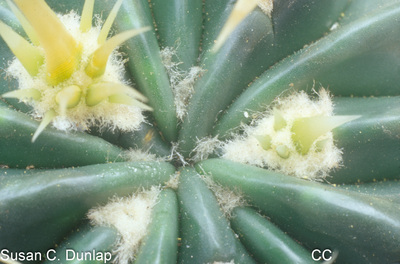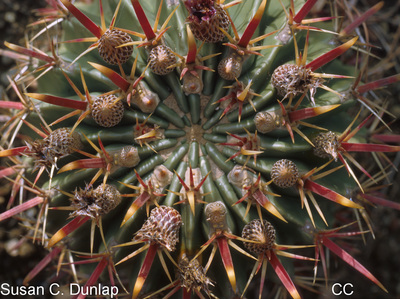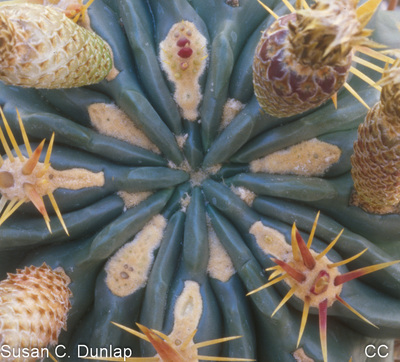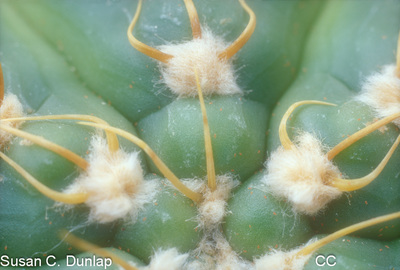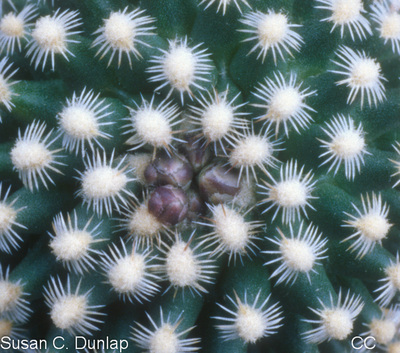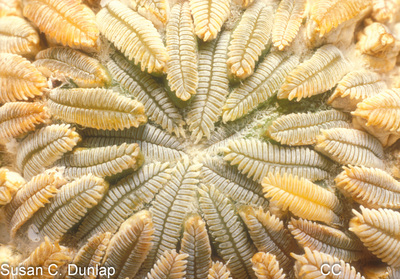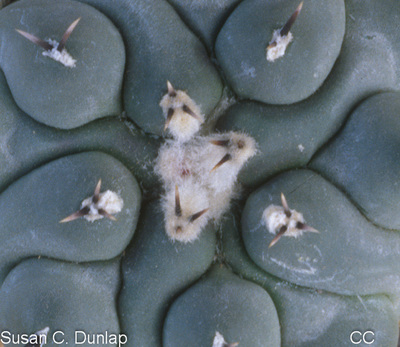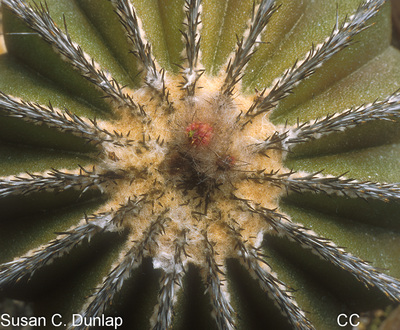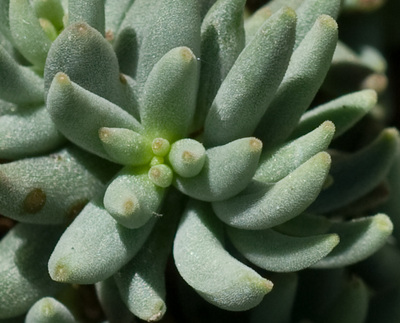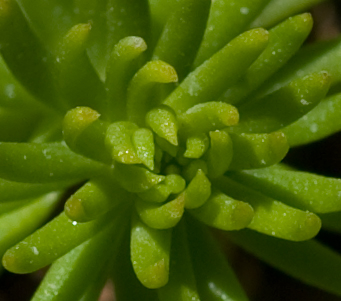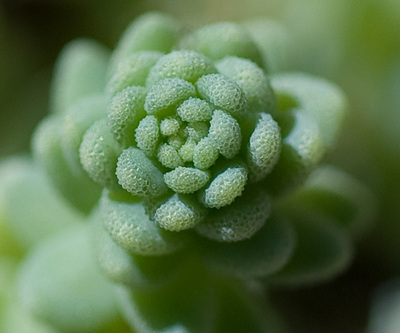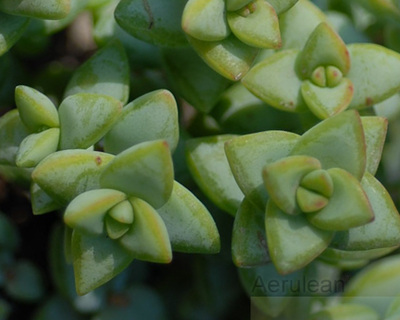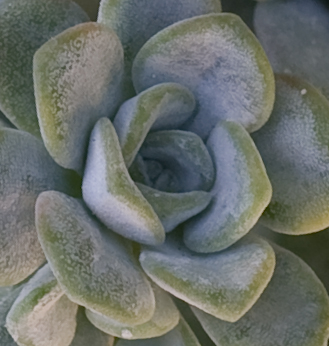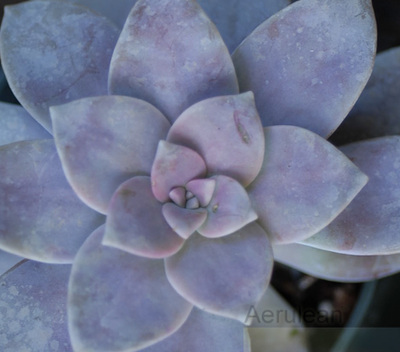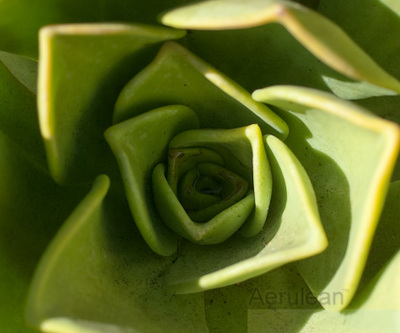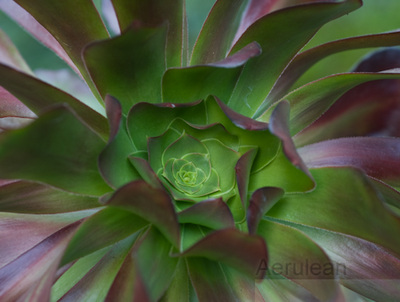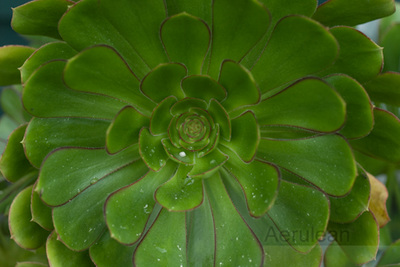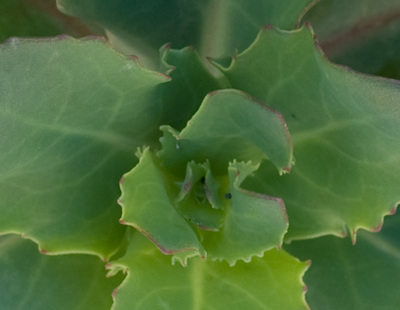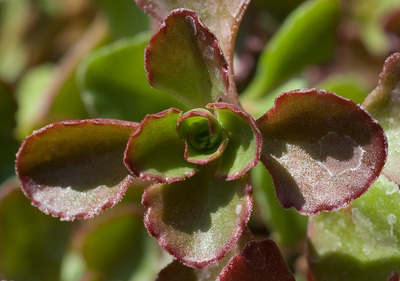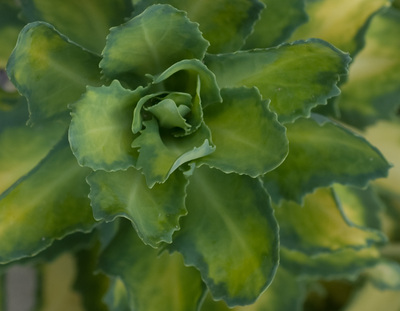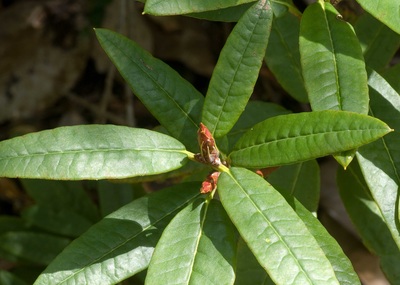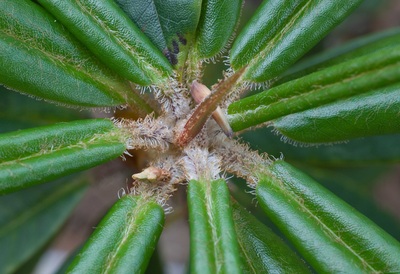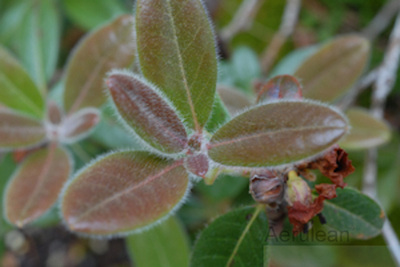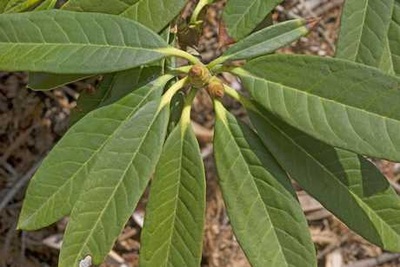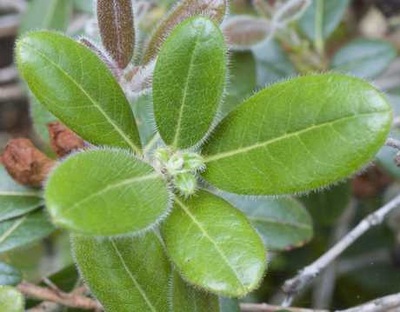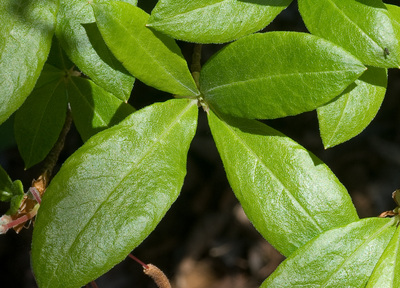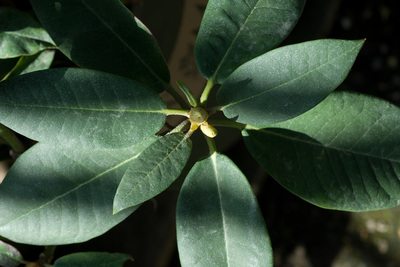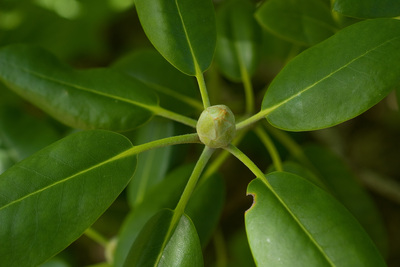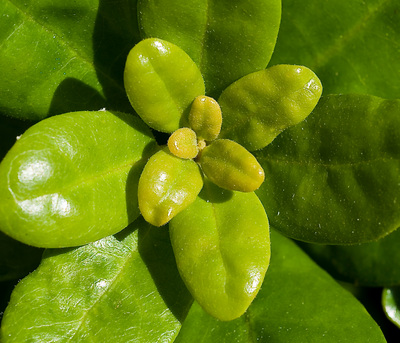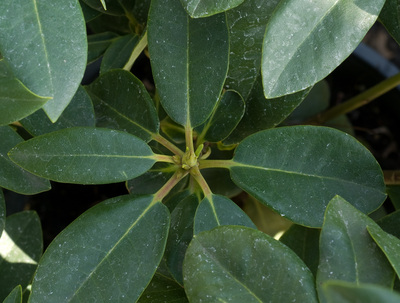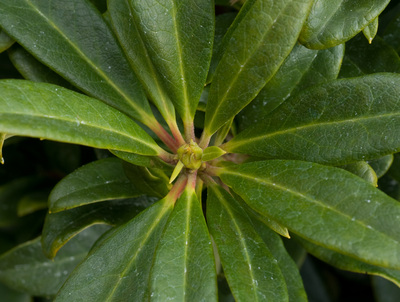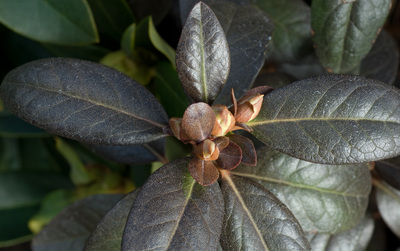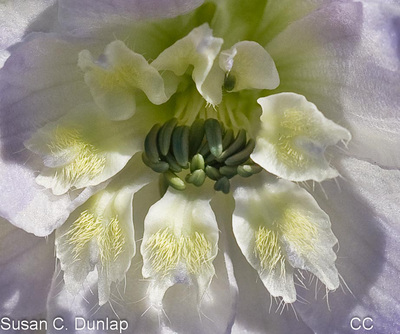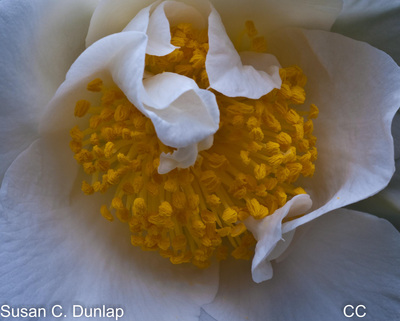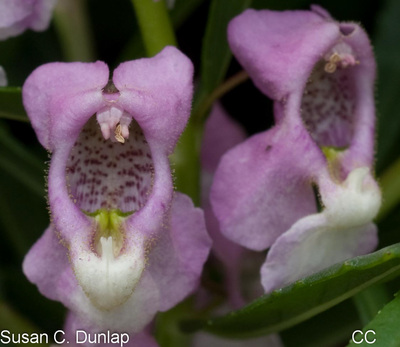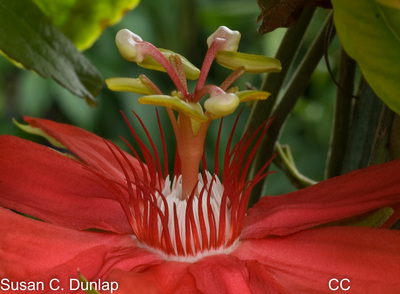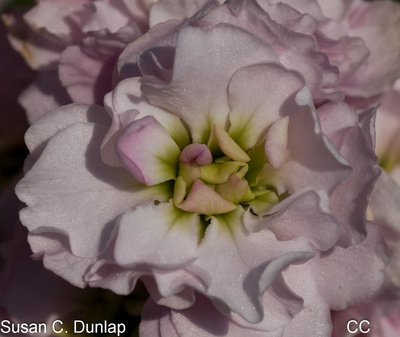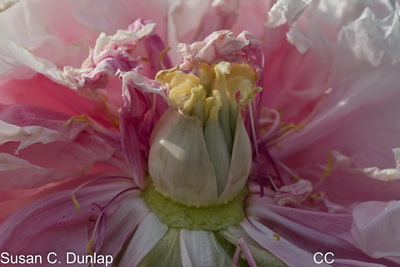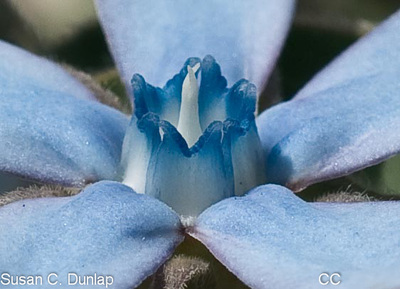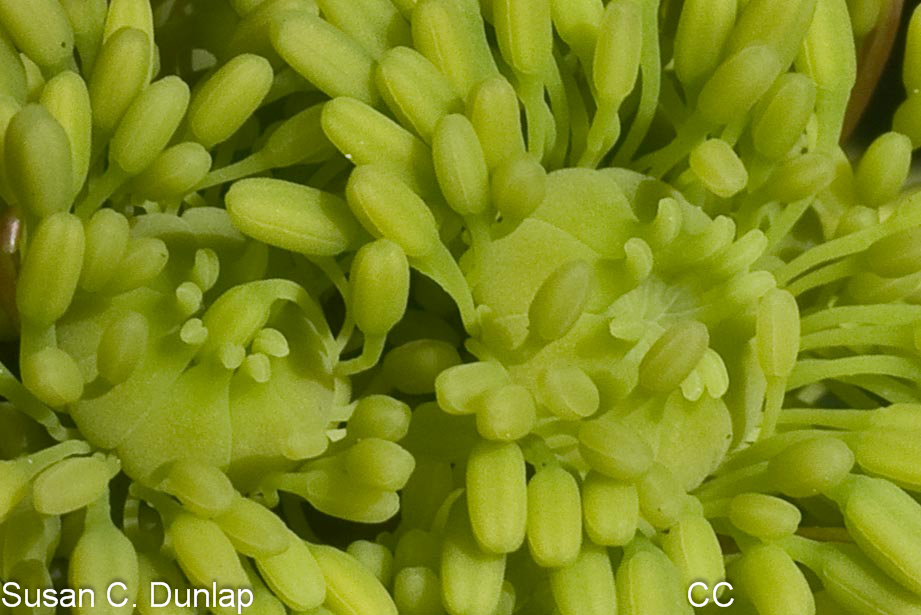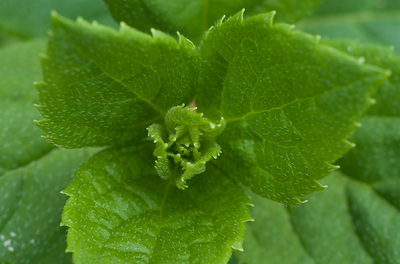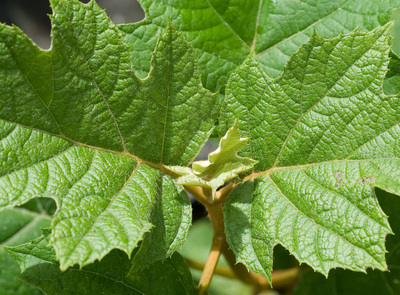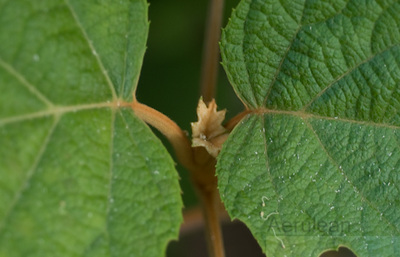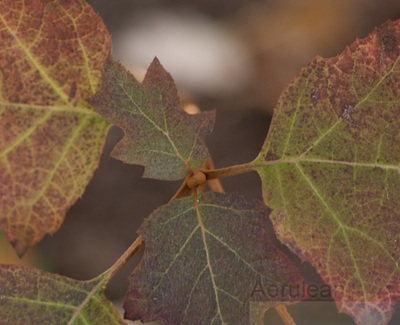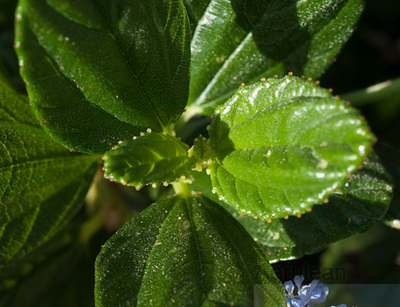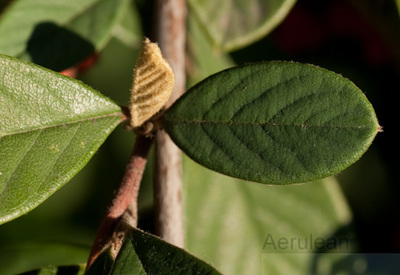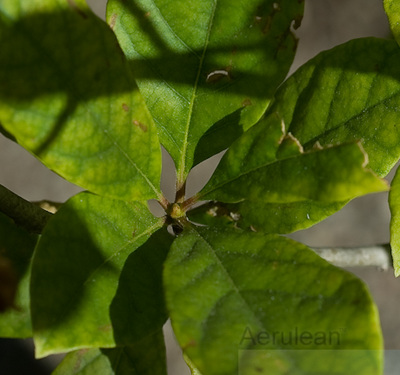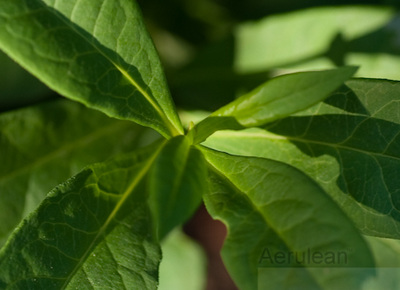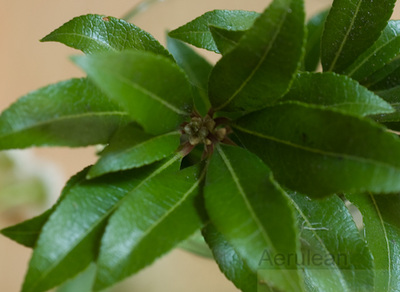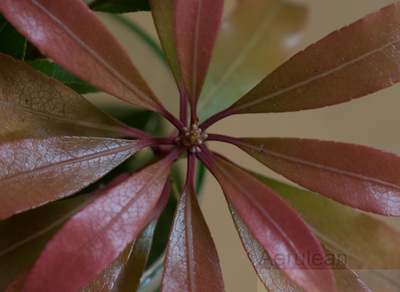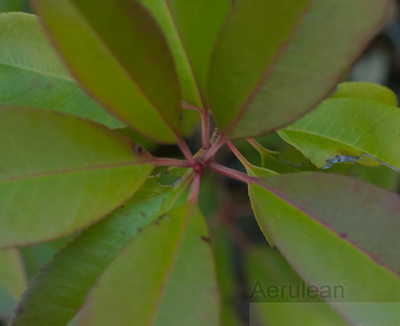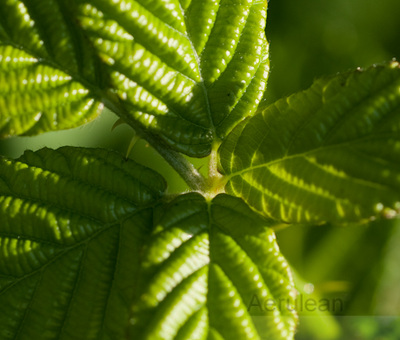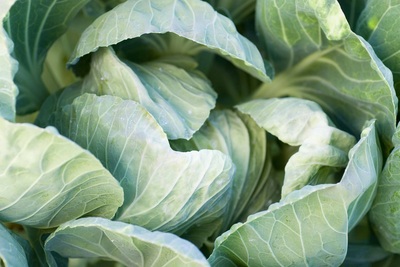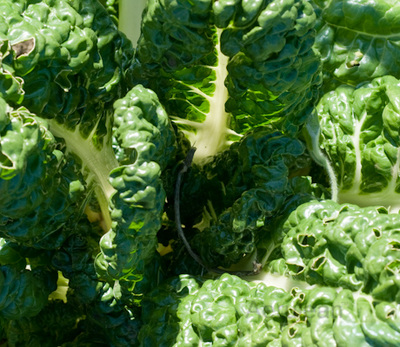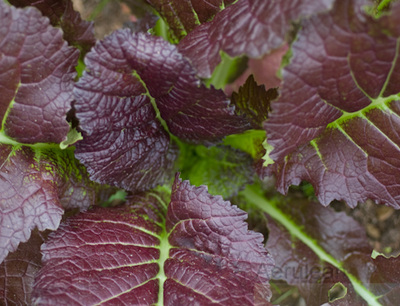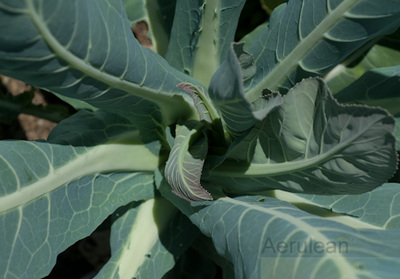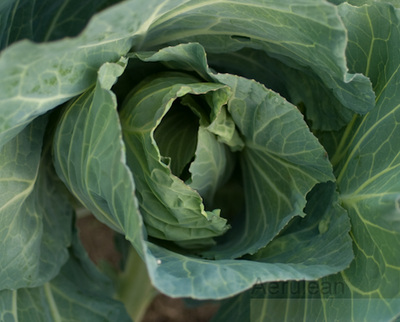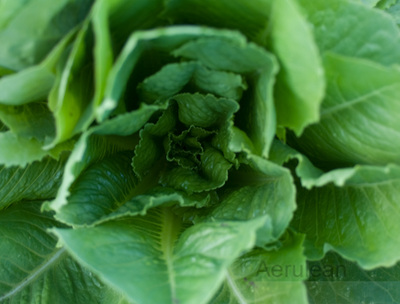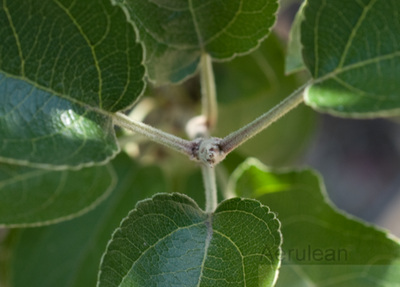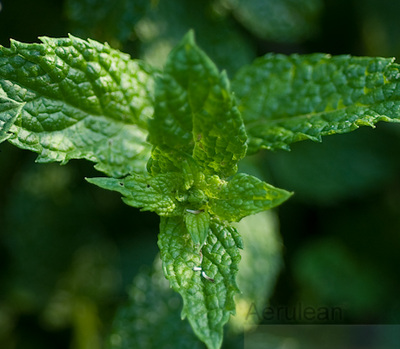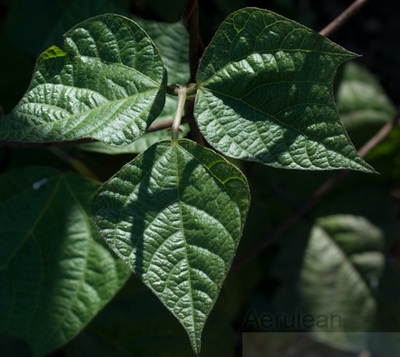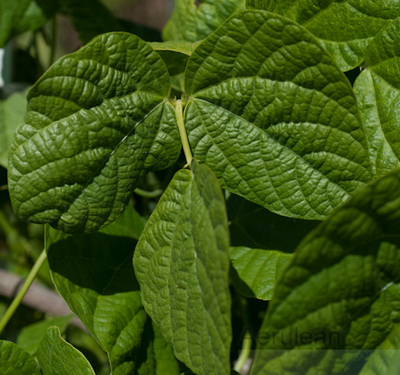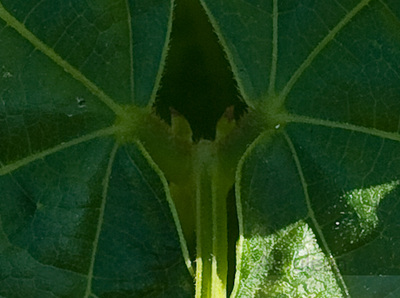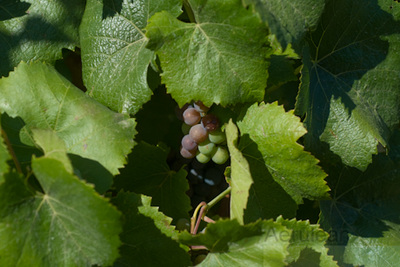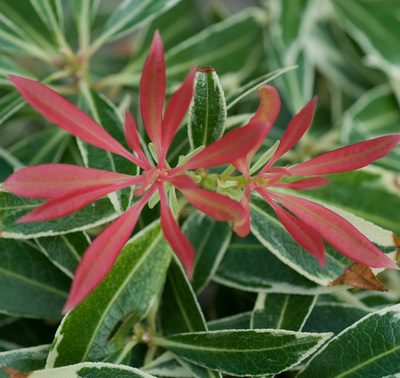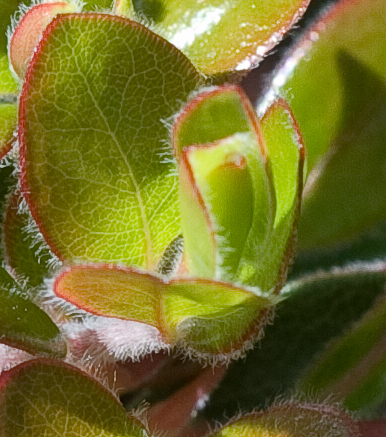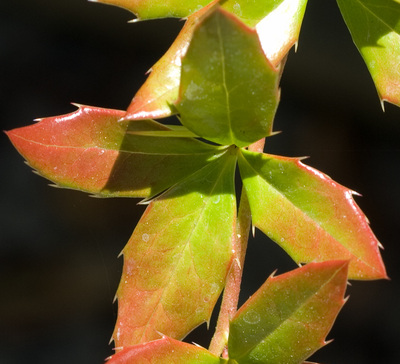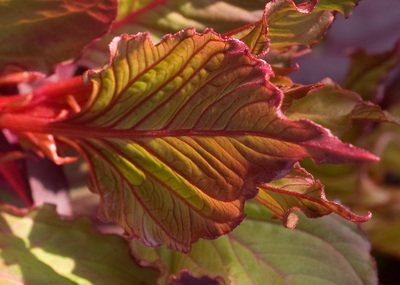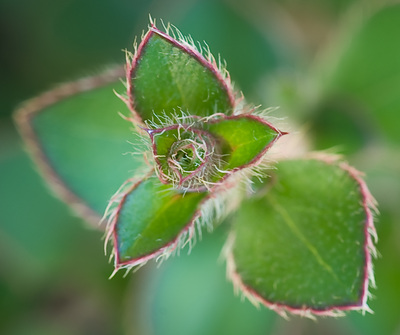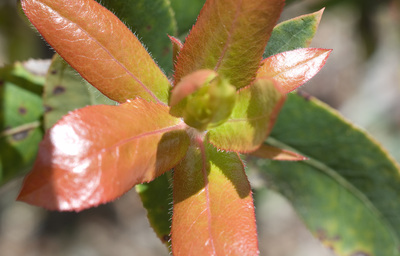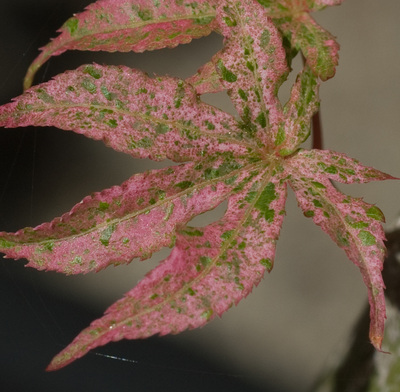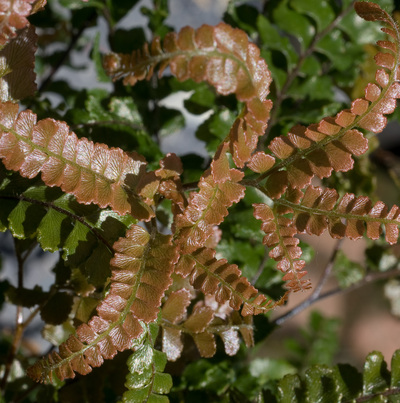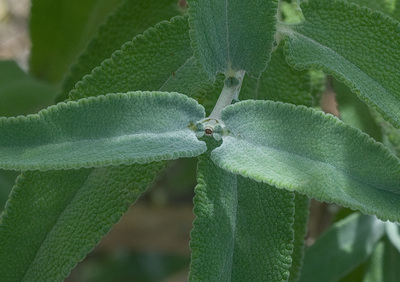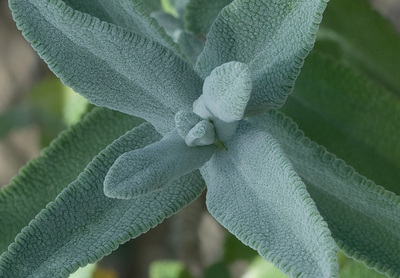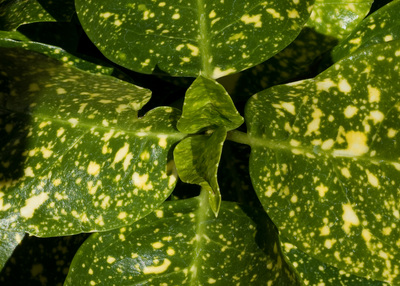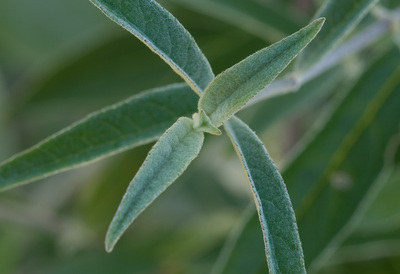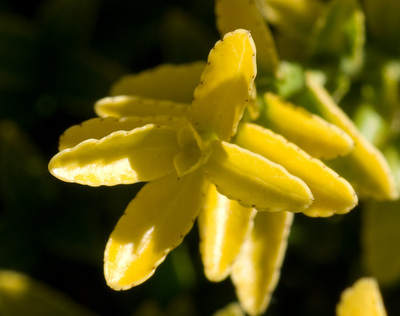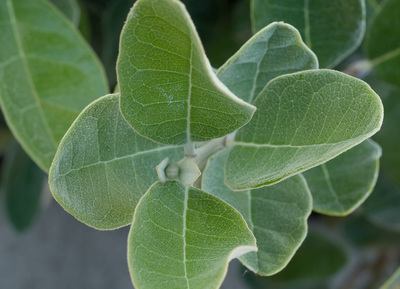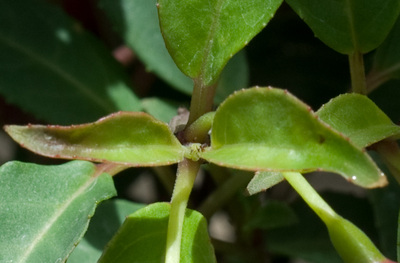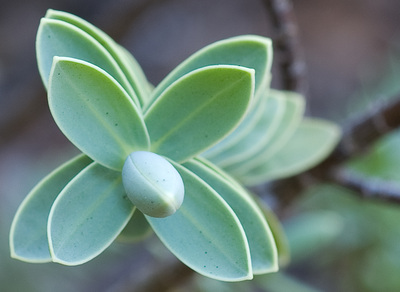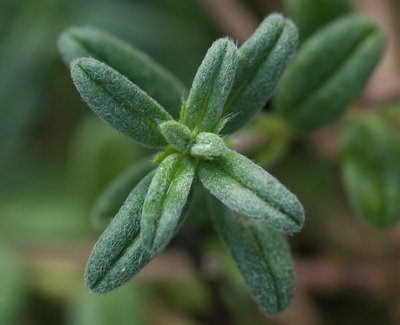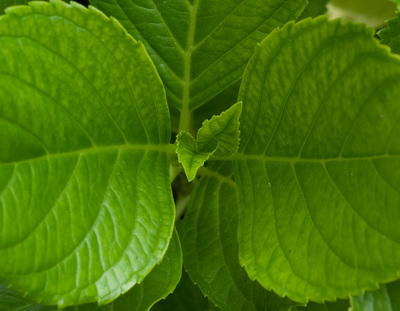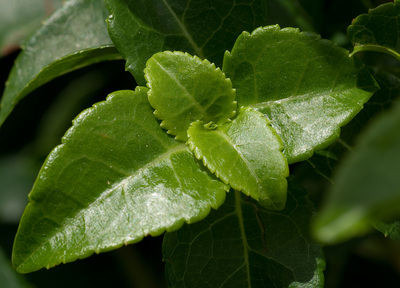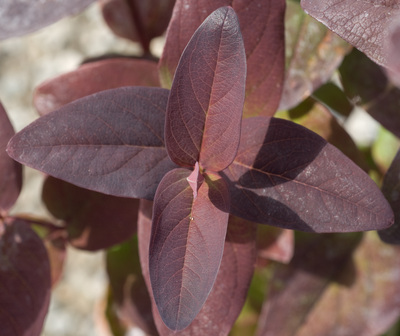Photographs: Sample from Aerulean Software & Issued U.S. Patents. 2001-2014
For more info go to www.aerulean.com
For more info go to www.aerulean.com
In 2001, I discovered a new method of identifying plants. My goal was to make this discovery useful to nature lovers. Early on it became clear that taking unique photographs of each plant was necessary. These photographs enabled me to compile data not found elsewhere, and to provide a broad range of images to use in Aerulean's software. The Plant Kingdom is extremely varied, complex, and full of wonderful and diverse forms. Making these wondrous qualities more accessible to others kept us motivated.
A reductive database which focuses on traits visible in an 'overhead' view of the growing tip, or apex, dramatically compresses the identification task (270 fold in some cases). As this identification attribute was new to science, we named it the "apical complex."
With the help of USDA seed funds, we brought this information to light, and now have two issued U.S. Patents memorializing this discovery. I am grateful to four educators in particular who encouraged me to pursue this work: Brian Kemble, Dean Kelch, Tim Metcalf, and Lewis Feldman.
We have simple to use online software that enables you to select plants for any number of landscaping needs using any one of over 200 sort criteria and plant traits. You can use the software for free at www.aerulean.com.
A reductive database which focuses on traits visible in an 'overhead' view of the growing tip, or apex, dramatically compresses the identification task (270 fold in some cases). As this identification attribute was new to science, we named it the "apical complex."
With the help of USDA seed funds, we brought this information to light, and now have two issued U.S. Patents memorializing this discovery. I am grateful to four educators in particular who encouraged me to pursue this work: Brian Kemble, Dean Kelch, Tim Metcalf, and Lewis Feldman.
We have simple to use online software that enables you to select plants for any number of landscaping needs using any one of over 200 sort criteria and plant traits. You can use the software for free at www.aerulean.com.
Apical views of Cacti species, such as those shown here, were an important part of the trajectory which lead to the botanical discovery.
The images below, each one an apical view of the plant, illustrate many of the traits found in a plant's growing tip. Such images were used to document the botanical discovery and demonstrate that the growing tip of each plant is novel and can be useful in the design of a selection and identification tool.
Apical view of some common succulents.
Apical view of a few Rhododendron species.
Floral details - are included in the software to enable a sort for color and form.
Apical view of a small variety of shrubs.
Apical view of some vegetables and fruit.
Plants with contrasting new growth or leaf margin. A garden full of such plants would have a very distinct quality.
Below are a few plants with 'opposite' leaves—one of only five types of leaf arrangements available as a selection aid but truly novel in its own right. Where is a garden full of such plants?
